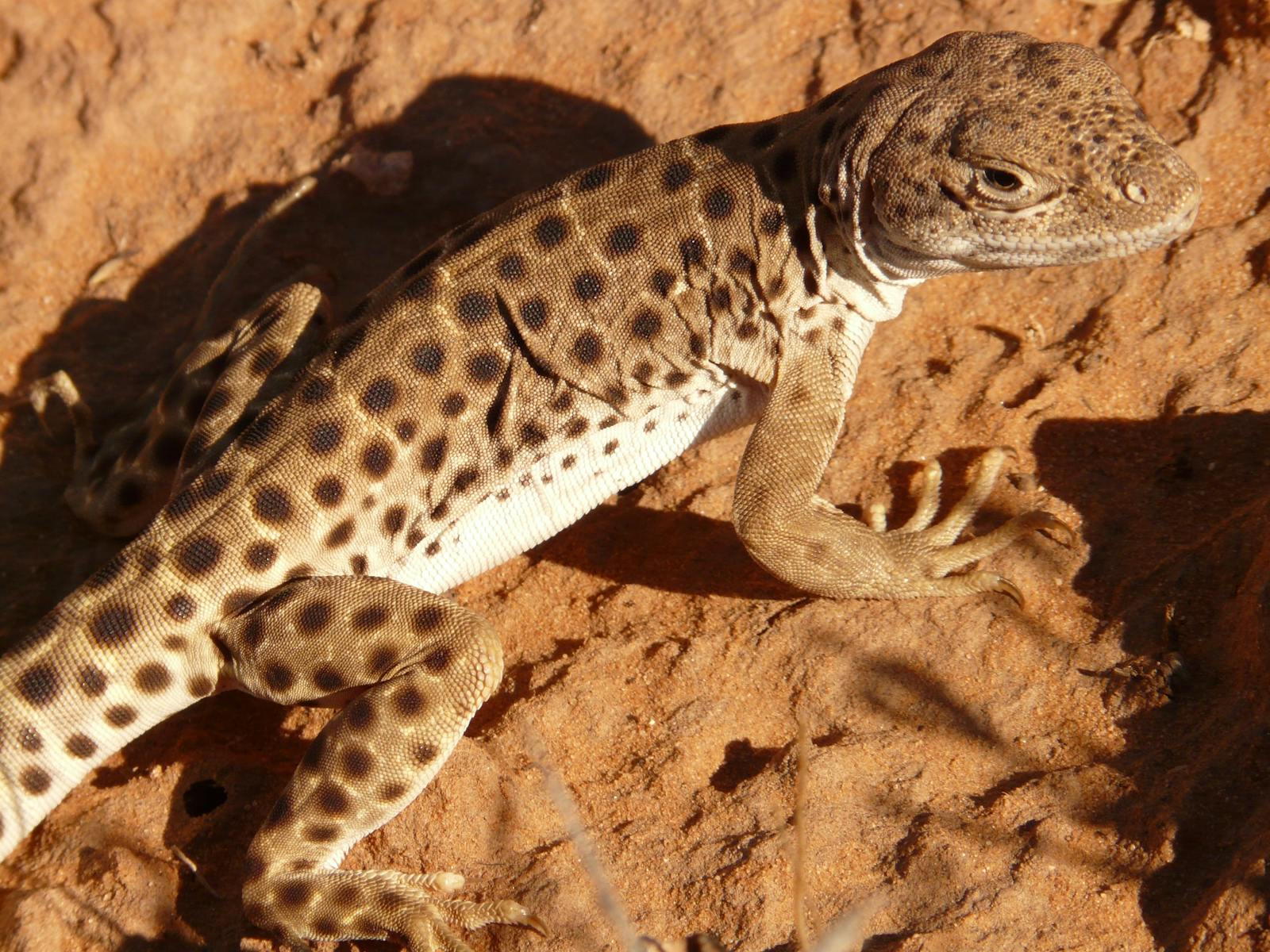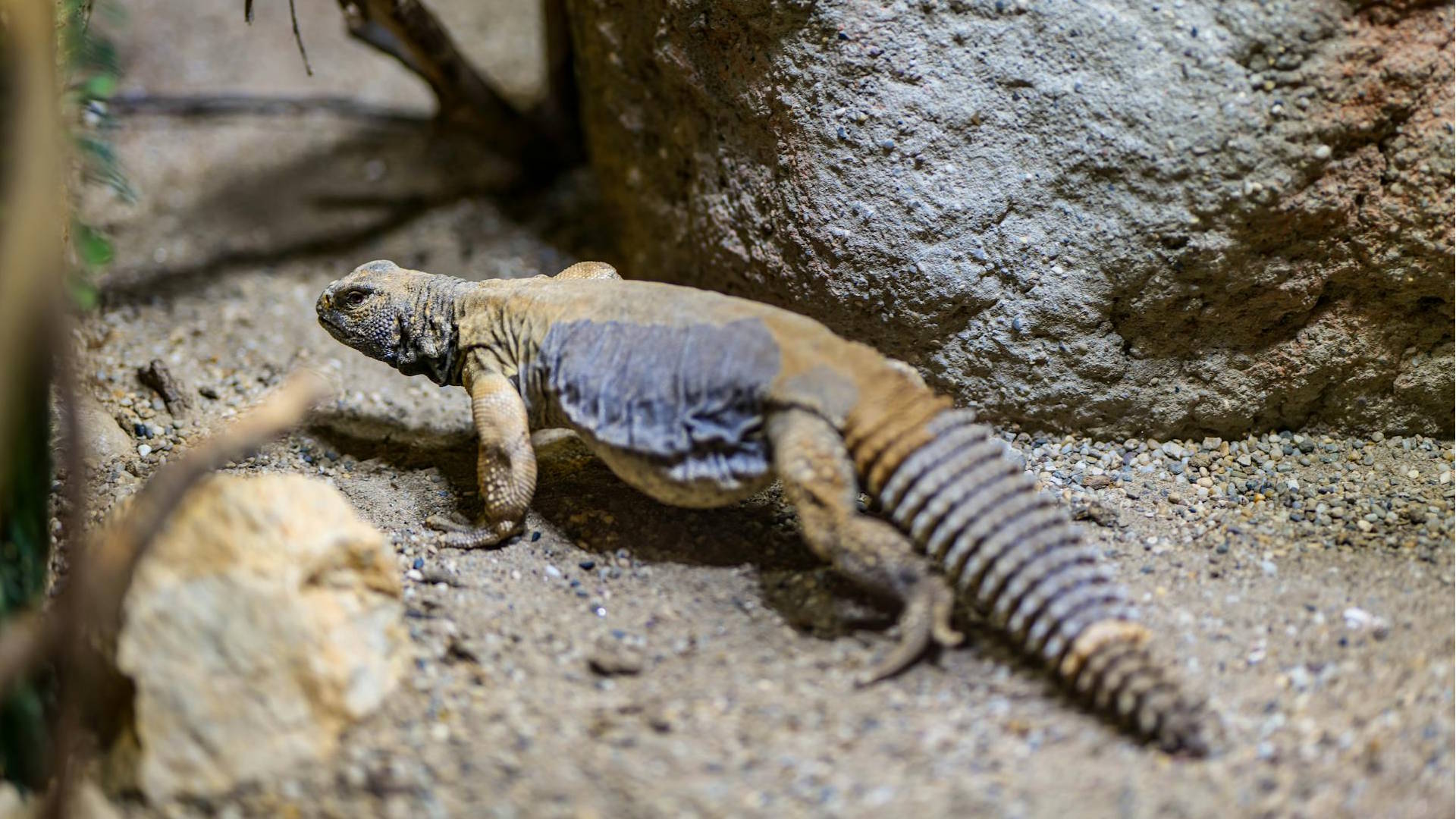Monitor lizards represent some of the most fascinating reptiles on our planet, with their intelligence, impressive size, and diverse adaptations. While some species like the Komodo dragon enjoy widespread recognition, others remain shrouded in mystery, rarely encountered even by dedicated herpetologists. These elusive monitors inhabit remote regions, possess secretive behaviors, and in some cases, were only recently discovered by science. This article explores the world’s most elusive monitor lizard species, creatures that combine rarity, limited ranges, and behaviors that keep them hidden from human eyes.
The Cryptic World of Monitor Lizards
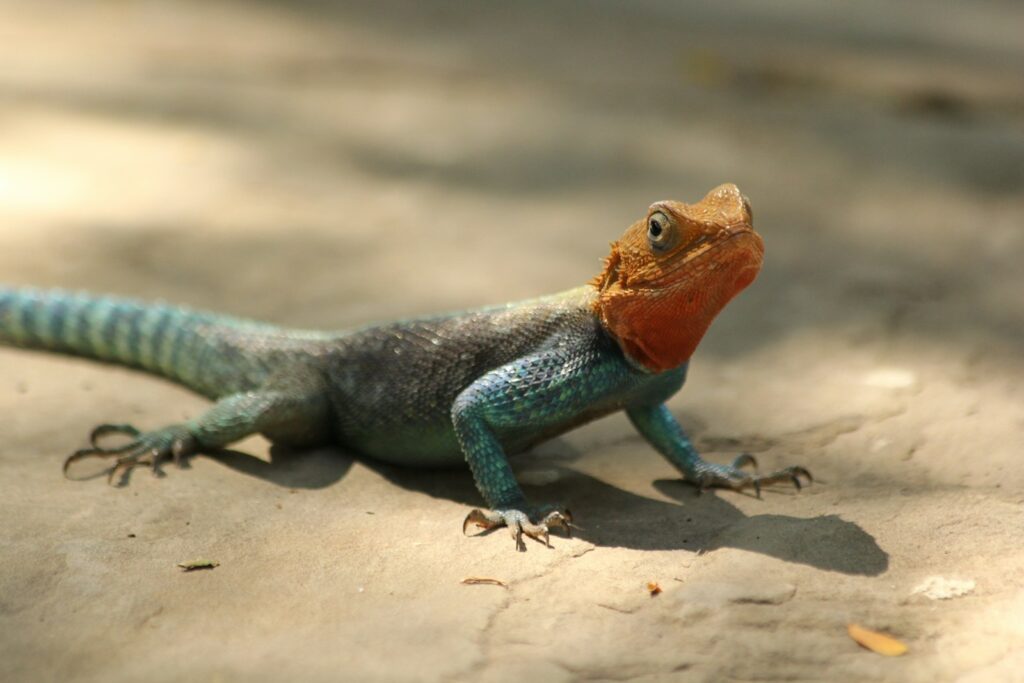
The Varanidae family, which encompasses all monitor lizards, includes approximately 80 recognized species distributed across Africa, Asia, and Oceania. Despite their often impressive size, many monitor species have managed to remain remarkably elusive, with some known only from a handful of specimens. Their elusiveness stems from a combination of factors including remote habitats, naturally low population densities, cryptic coloration, and in many cases, arboreal or semifossorial lifestyles that keep them hidden from view. Some species have evolved such specialized ecological niches that they rarely intersect with human activities, making encounters exceptionally rare even in their native ranges. The scientific understanding of these secretive species continues to evolve, with new discoveries and taxonomic revisions occurring regularly as researchers employ more sophisticated techniques to study these mysterious reptiles.
Varanus bitatawa: The Secretive Giant of Northern Luzon
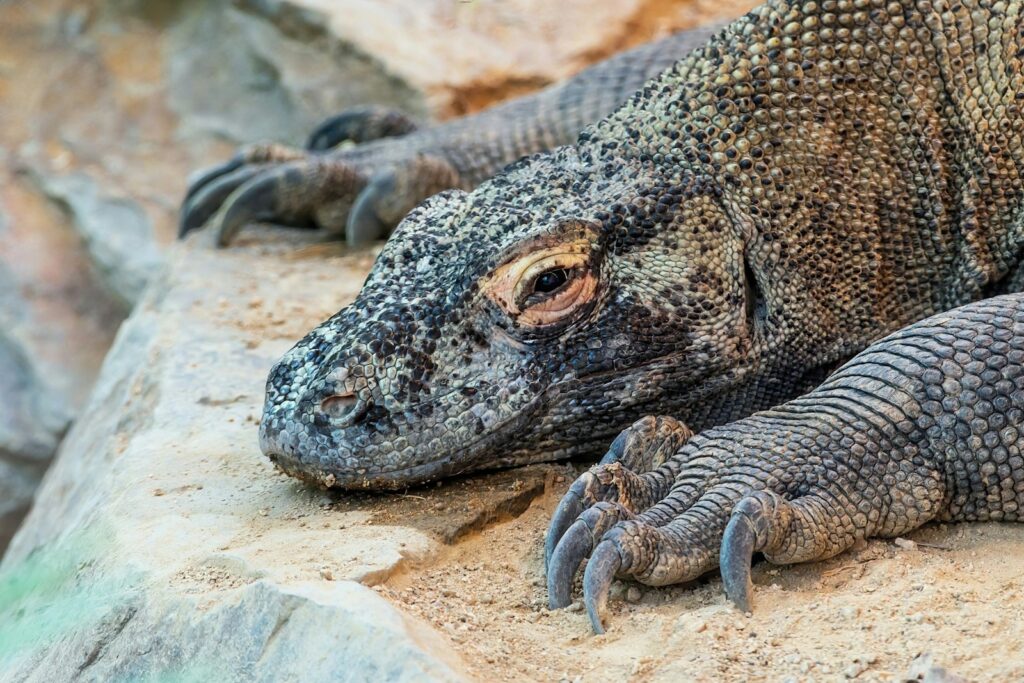
Perhaps one of the most remarkable stories of monitor elusiveness involves Varanus bitatawa, a fruit-eating monitor lizard that remained unknown to science until 2010 despite reaching lengths of over six feet. This spectacular species inhabits the remote northern forests of Luzon Island in the Philippines, living primarily in the canopy where its mottled coloration provides excellent camouflage. Despite its impressive size, V. bitatawa managed to evade scientific documentation even though indigenous communities had long recognized its existence. The discovery shocked herpetologists worldwide, as it seemed implausible that such a large vertebrate could remain undetected in the 21st century. This monitor’s ability to remain hidden exemplifies how effectively these reptiles can avoid detection even when relatively large, particularly when they inhabit challenging terrain with dense vegetation.
Gray’s Monitor (Varanus olivaceus): The Fruit-Eating Phantom
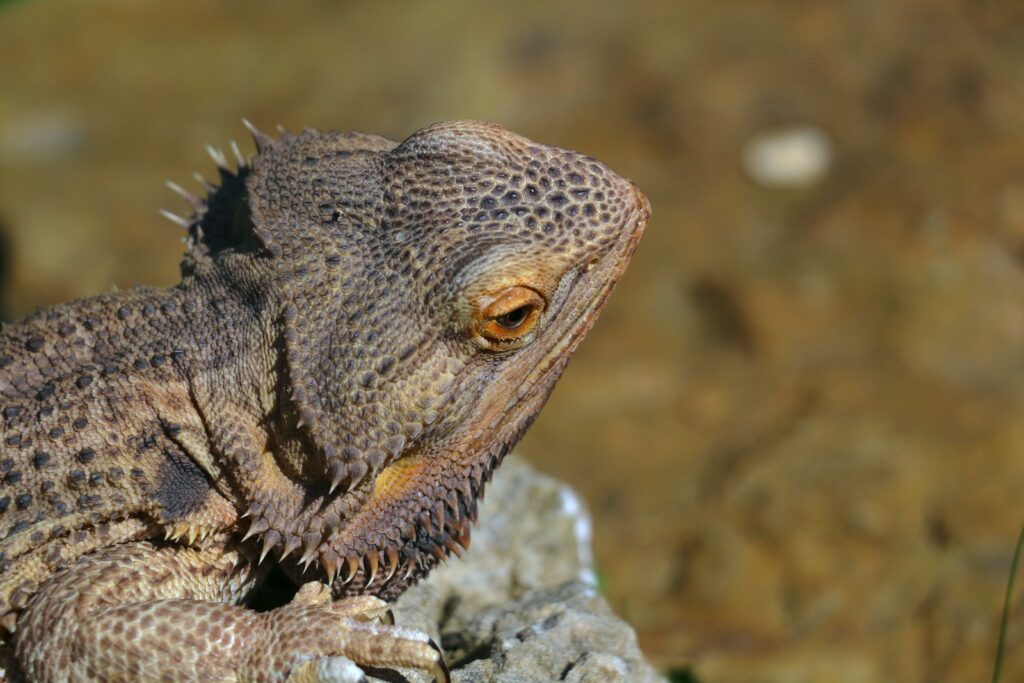
Gray’s monitor represents another highly elusive Philippine endemic, inhabiting the forests of southern Luzon, Polillo, and Catanduanes. Despite reaching lengths of over six feet, this species remained virtually unstudied until the late 20th century due to its secretive arboreal lifestyle and remote habitat. Unlike most monitors, V. olivaceus has evolved specialized dentition for a primarily frugivorous diet, feeding on fruits, snails, birds, small mammals, and carrion. Its cryptic coloration and preference for the dense forest canopy make direct observation extremely challenging, with most knowledge about this species coming from radio-telemetry studies rather than direct sightings. Even dedicated researchers working in its habitat might spend years without observing this monitor in the wild, as it moves silently through the canopy and actively avoids human presence. This species exemplifies how behavioral adaptations can contribute significantly to a monitor’s elusiveness.
Varanus semotus: The Isolated Mussau Monitor
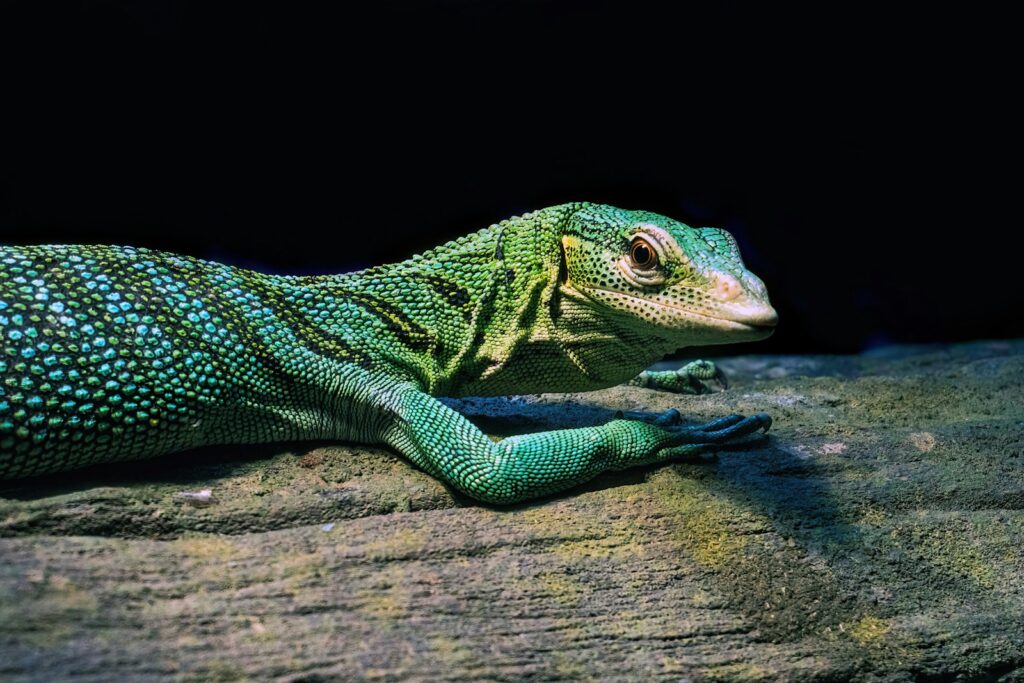
Described to science only in 2016, Varanus semotus inhabits the remote Mussau Island in the Bismarck Archipelago of Papua New Guinea, existing in complete isolation approximately 150 kilometers from its nearest monitor relatives. The species name “semotus,” meaning remote or distant, perfectly captures this monitor’s isolated existence on its small island home. This medium-sized monitor reaches approximately 3.5 feet in length and displays a distinctive black coloration with scattered yellow and blue scales. What makes V. semotus particularly elusive is not only its restricted range on a remote oceanic island but also its apparent rarity even within this limited habitat. Researchers required multiple expeditions to document just a handful of specimens, suggesting either naturally low population densities or extremely secretive behavior. This monitor represents a prime example of how island endemism combined with cryptic habits can result in a species remaining virtually unknown even in modern times.
Varanus nuchalis: The Mysterious Philippine Endemic

The Visayan spotted monitor (Varanus nuchalis) inhabits the central Philippine islands of Panay, Negros, Cebu, and Masbate, where deforestation has severely fragmented its habitat. Despite being described scientifically in 1845, this monitor remains poorly studied, with significant gaps in our understanding of its basic ecology and behavior. The species’ elusive nature stems from its preference for dense forest habitats and its wariness around humans due to hunting pressure. With distinctive yellow spots arranged in transverse rows against a dark background, V. nuchalis has developed exceptional camouflage for its forest environment. Recent surveys indicate that populations have declined dramatically, with sightings becoming increasingly rare even in protected areas. The combination of naturally secretive behavior and human-driven population declines has made this monitor one of the most challenging Philippine reptiles to study in the wild.
Borneo Earless Monitor (Lanthanotus borneensis): The Living Fossil
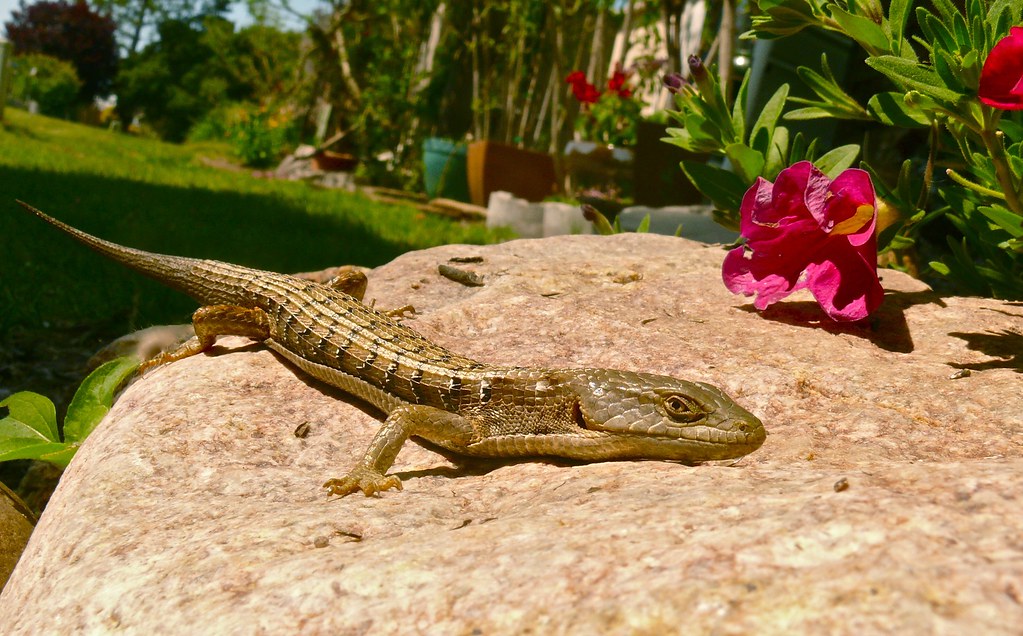
Though technically not classified within Varanidae but rather in its own family Lanthanotidae, the Borneo earless monitor deserves mention as perhaps the most elusive monitor-like lizard in the world. This remarkable living fossil, the sole member of its family, inhabits portions of Borneo where it leads an almost entirely fossorial (burrowing) existence. So rare and secretive is this species that between its scientific description in 1878 and the early 2000s, fewer than a hundred specimens had ever been documented. The Borneo earless monitor lacks external ear openings (hence its name), possesses reduced limbs, and appears adapted for a semi-aquatic lifestyle in forest streams and their muddy banks. Its secretive nature was so complete that virtually nothing was known about its natural history until recently, when limited field studies finally provided glimpses into its ecology. The species represents an extreme case of evolutionary specialization leading to extraordinary elusiveness.
Varanus telenesetes: The Mysterious Rossel Island Monitor
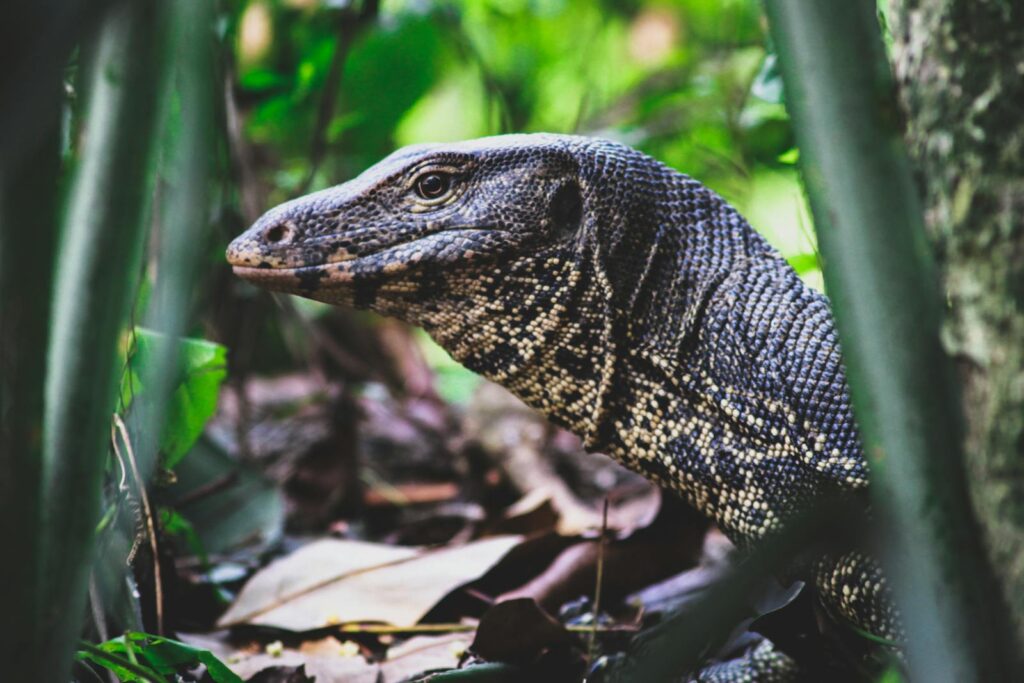
Sometimes referred to as the “mythical monitor,” Varanus telenesetes remains one of the least-known reptiles on Earth, endemic to the remote Rossel Island in Papua New Guinea’s Louisiade Archipelago. This monitor was described scientifically in 1990 based on just two museum specimens collected decades earlier, and for many years, no additional specimens were confirmed. The species’ extreme rarity and isolated habitat have contributed to its legendary status among herpetologists. Reaching approximately three feet in length, this monitor likely inhabits the dense rainforests of its island home, but virtually nothing is known about its ecology, behavior, or current population status. Targeted expeditions to Rossel Island have failed to produce significant new information, highlighting the extraordinary challenge of studying such an elusive species. The monitor’s continued existence represents one of herpetology’s great mysteries, with some researchers questioning whether viable populations still persist.
Varanus caerulivirens: The Blue-Tailed Mangrove Monitor
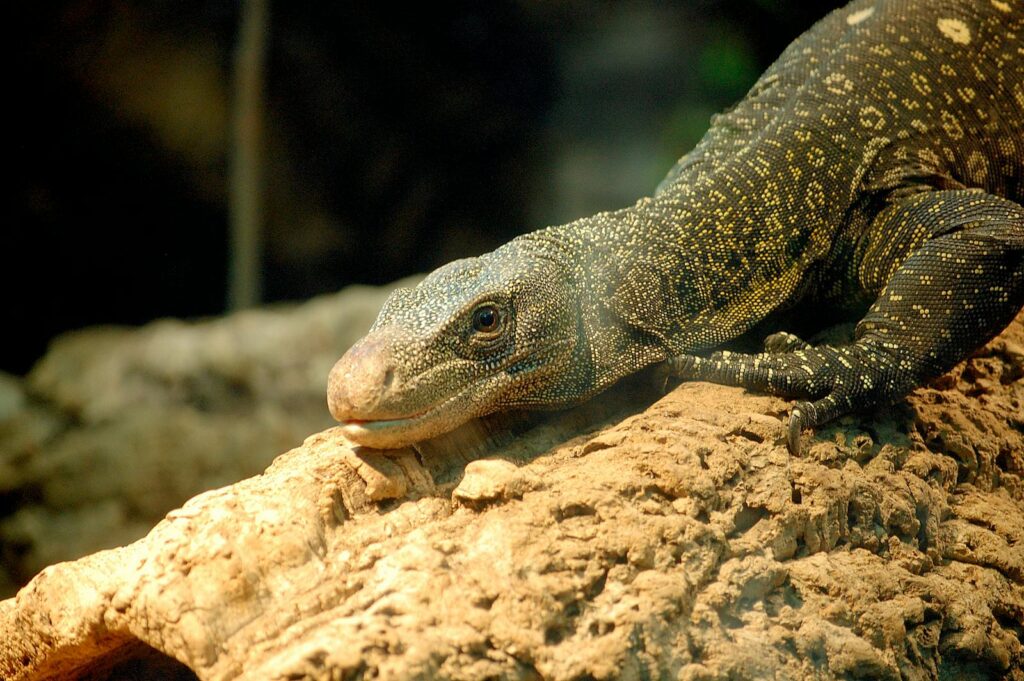
First described in 1999, the blue-tailed mangrove monitor from Halmahera Island in Indonesia’s North Maluku province exemplifies how relatively large monitor species can remain unknown to science until recently. This striking monitor, reaching lengths of approximately four feet, inhabits mangrove forests and nearby coastal habitats where its blue-green coloration provides effective camouflage. Despite its relatively large size and distinctive appearance, V. caerulivirens remained unrecognized scientifically until the late 20th century, demonstrating the challenges of comprehensive herpetological surveying in remote island ecosystems. The species’ preference for dense mangrove habitats, which are notoriously difficult to survey effectively, contributed significantly to its long-term scientific obscurity. Even today, this monitor is rarely encountered, with much of its basic biology, population status, and behavioral patterns remaining poorly documented in scientific literature.
Varanus zugorum: The Enigma of Halmahera
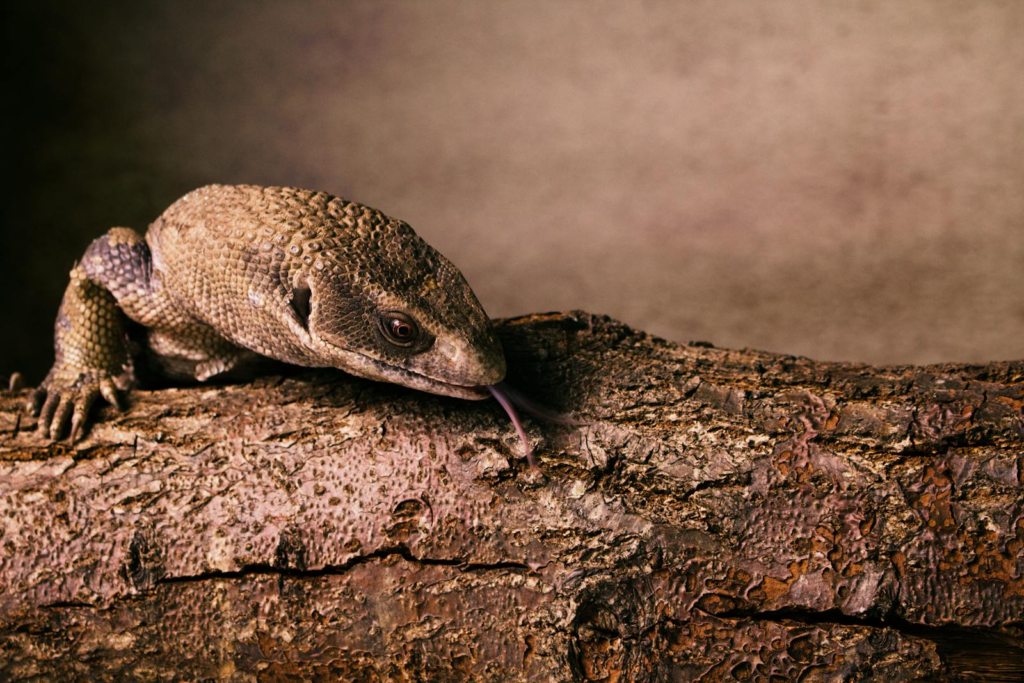
Another recent discovery from Halmahera Island, Varanus zugorum was described to science in 2002 and represents one of the most poorly known monitor species. This medium-sized monitor reaches approximately three feet in length and appears to inhabit primary rainforest habitats in the island’s interior. What makes V. zugorum particularly elusive is not only its recent discovery but also the extreme rarity of confirmed sightings even after its formal description. The species features a distinctive pattern of ocelli (eye-like spots) on a dark background, yet despite this recognizable appearance, it has rarely been photographed in its natural habitat. Researchers speculate that this monitor may maintain naturally low population densities or possess behavioral adaptations that make it exceptionally difficult to detect, such as primarily arboreal habits or extreme wariness. The continued mystery surrounding this species highlights the significant knowledge gaps that persist in monitor lizard diversity and ecology.
Varanus douarrha: The Vanishing New Ireland Monitor
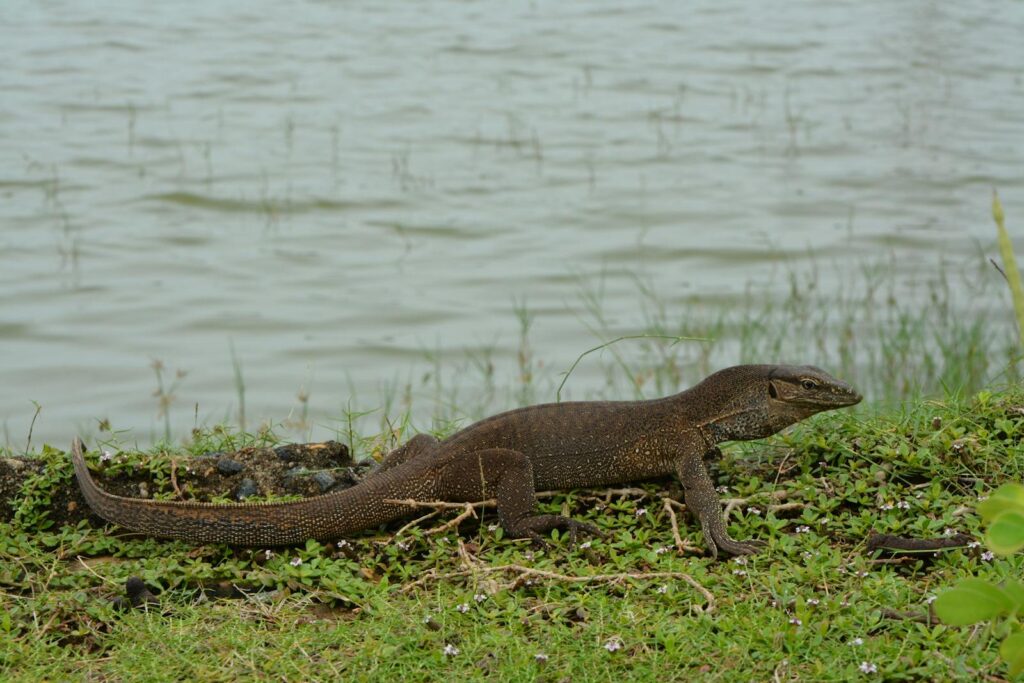
The New Ireland monitor (Varanus douarrha), endemic to New Ireland in Papua New Guinea’s Bismarck Archipelago, represents a case where taxonomic confusion contributed to scientific obscurity. Originally described in 1830, this species was later incorrectly synonymized with the more widespread mangrove monitor (V. indicus) and only recently revalidated as a distinct species through modern genetic analysis. This large monitor, potentially reaching six feet in length, inhabits the forests of New Ireland where its population appears to have declined significantly. Contemporary surveys have found the species exceptionally difficult to locate, with some researchers suggesting it may have become extremely rare or possibly extinct in portions of its range. The monitor’s apparent rarity, combined with the challenging terrain of New Ireland and the species’ wariness, has resulted in very few reliable observations in recent decades. This case demonstrates how taxonomic uncertainties can further complicate the study of already elusive species.
The Desert Dweller: Varanus rosenbergi
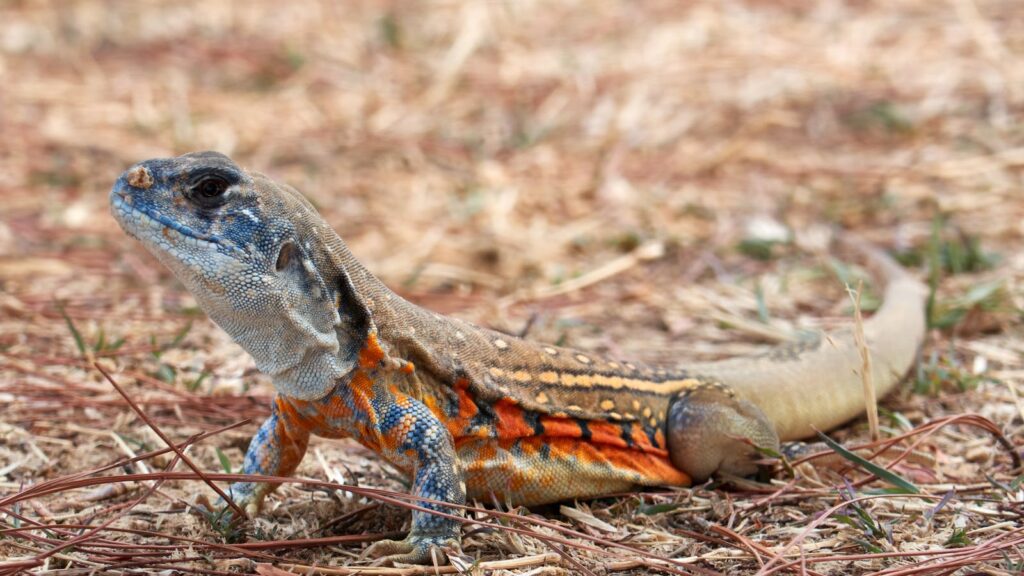
The Heath Monitor (Varanus rosenbergi) inhabits some of Australia’s most arid regions, where its specialized adaptations and secretive behavior make it one of the continent’s most elusive varanids. Unlike some other elusive monitors that inhabit dense forests, V. rosenbergi’s elusiveness stems from its ability to survive in harsh desert conditions where human observers are few and tracking is extremely challenging. This monitor can disappear completely into the landscape, utilizing burrows that may extend several meters underground where it can remain for extended periods during adverse conditions. Its exceptional ability to conserve water and regulate its temperature allows it to persist in environments that appear inhospitable, emerging to forage primarily during narrow windows of favorable conditions. The species’ distribution across remote, sparsely populated regions further contributes to the scarcity of sightings and the significant gaps in our understanding of its ecology.
Varanus yuwonoi: The Enigmatic Black Monitor
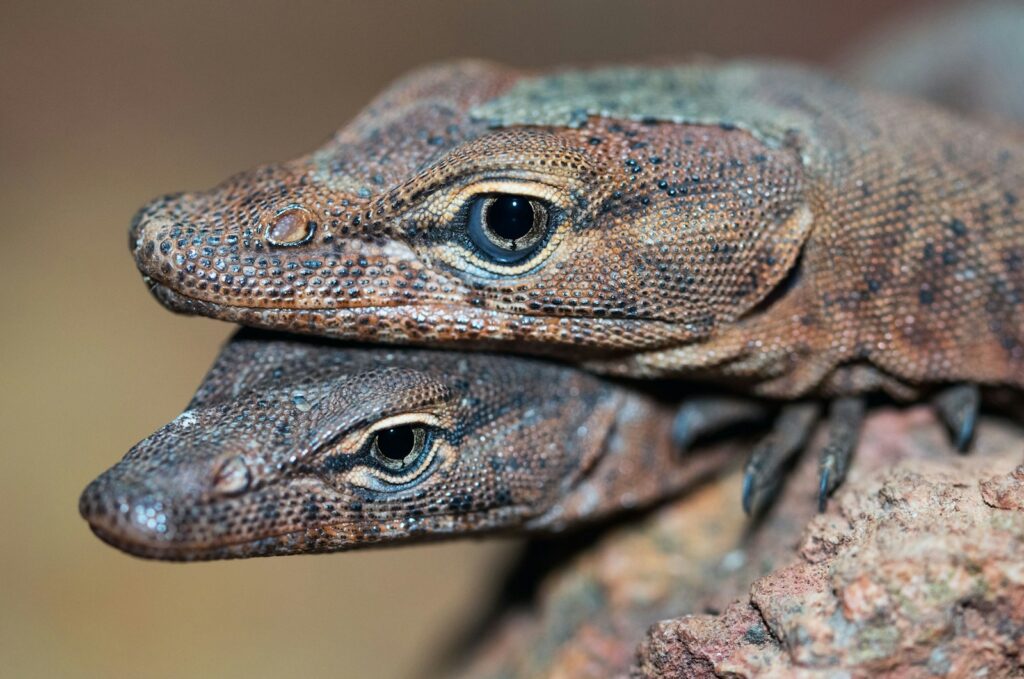
The black monitor (Varanus yuwonoi), described to science in 1996, remains one of Indonesia’s most mysterious reptiles, endemic to Halmahera Island in the northern Moluccas. This striking monitor features a distinctive black coloration with white or cream spots and can reach approximately four feet in length. Despite its relatively large size and distinctive appearance, V. yuwonoi is rarely encountered even within its limited range, suggesting either naturally low population densities or exceptionally secretive behavior. The monitor appears to inhabit primary rainforest habitats where its dark coloration provides effective camouflage in dappled light conditions. Local hunting pressure may have further reduced encounter rates, as this species is targeted for both the pet trade and local consumption. Scientific knowledge about this monitor’s basic ecology, reproduction, and behavior remains extremely limited, with most information coming from a small number of specimens rather than comprehensive field studies.
Future Discoveries: The Monitors We Don’t Yet Know
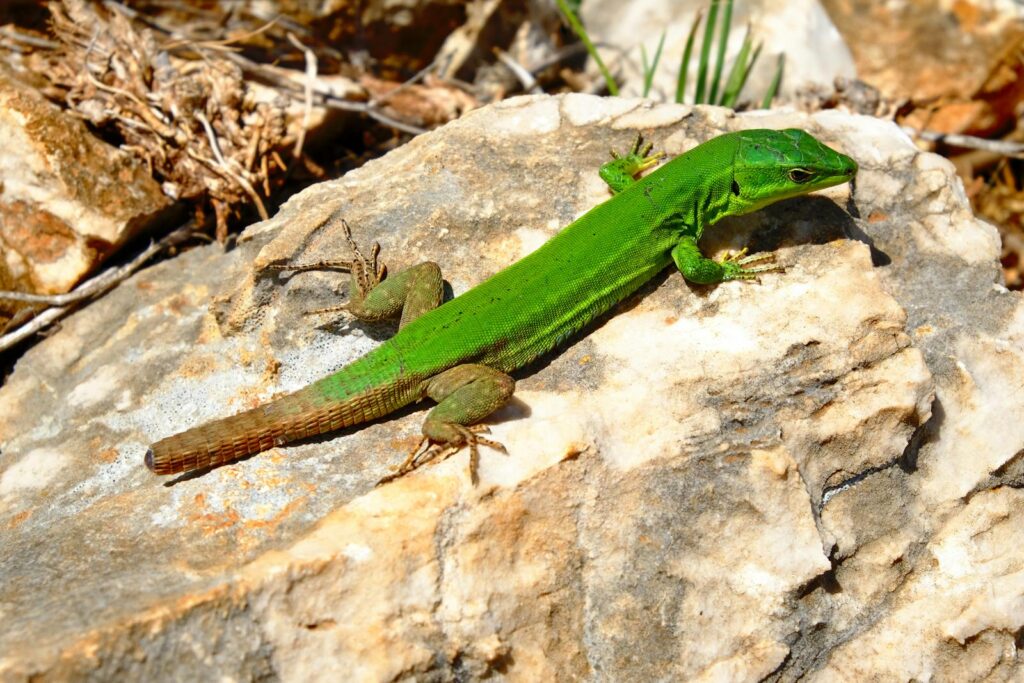
Perhaps the most intriguing aspect of monitor lizard elusiveness is the strong likelihood that additional undescribed species await discovery. The past three decades have seen numerous new monitor species described, many from remote island ecosystems or poorly surveyed mainland regions. Genetic studies continue to reveal cryptic diversity within what were previously considered widespread species, particularly in the diverse archipelagos of Southeast Asia and Oceania. Areas with challenging accessibility, such as the interior highlands of New Guinea, the remaining primary forests of the Philippines, and certain Indonesian islands, represent prime candidates for future discoveries. The continuing fragmentation of natural habitats creates an urgency to document this biodiversity before potential extinctions occur. The remarkable cases of large monitors like Varanus bitatawa remaining unknown until recently suggest that significant surprises may still await herpetologists in the coming decades, highlighting how effectively these remarkable reptiles can evade human detection.
Conclusion
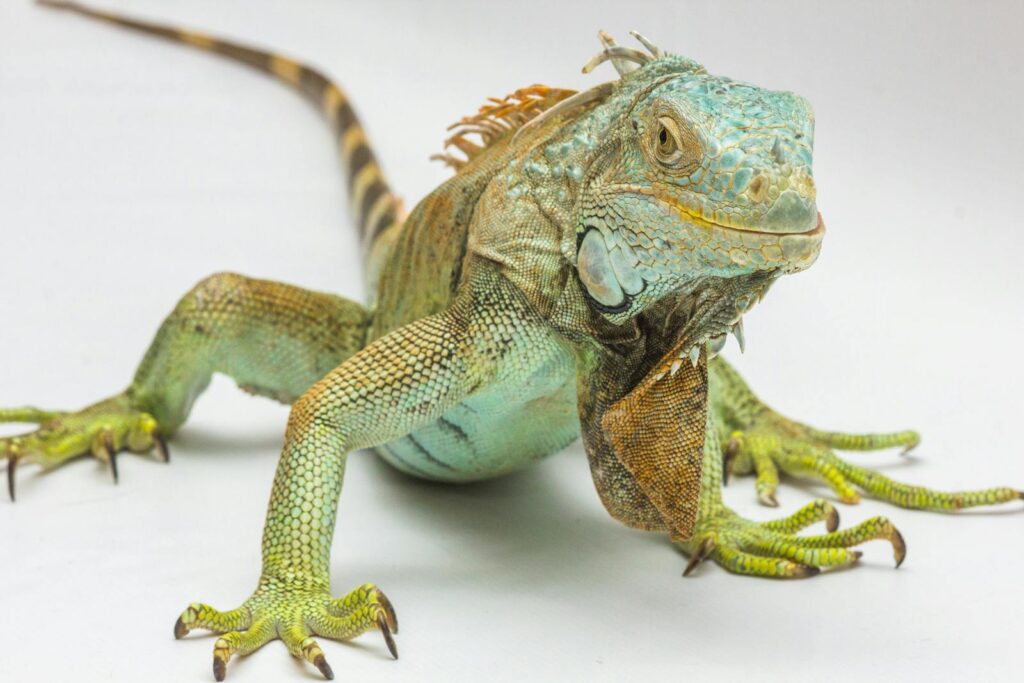
The world’s most elusive monitor lizards represent a fascinating intersection of evolutionary adaptation, geographic isolation, and behavioral specialization. From the recently discovered giants of the Philippines to the mysterious island endemics of Indonesia and Papua New Guinea, these secretive reptiles continue to challenge scientific understanding. Their elusiveness stems not from a single factor but rather a combination of remote habitats, specialized behaviors, effective camouflage, and in many cases, naturally low population densities. As research techniques advance and more comprehensive surveys become possible, our knowledge of these remarkable animals will undoubtedly expand. However, the rapid degradation of natural habitats worldwide threatens many of these species before they can be fully understood, adding urgency to conservation efforts focused on preserving the remaining strongholds of these magnificent yet rarely seen monitors.


